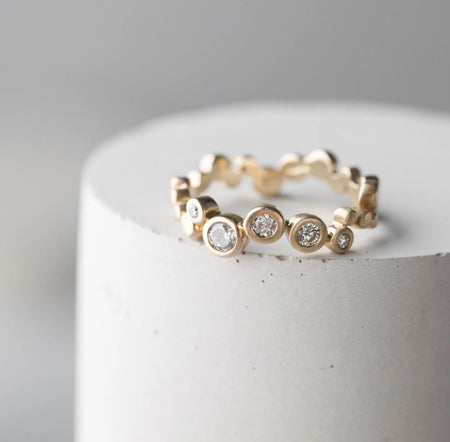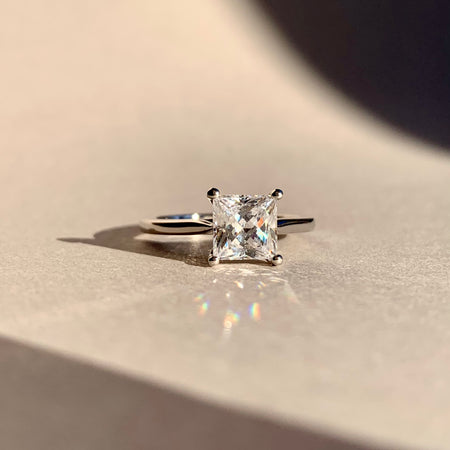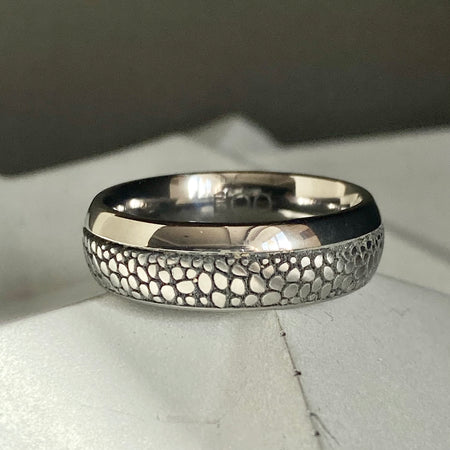What’s the difference between a Lab Diamond and a natural diamond

Lab Diamonds vs. Natural Diamonds
Introduction:
Diamonds, the epitome of beauty and rarity, have long captivated our hearts. With advancements in technology, the introduction of lab-grown diamonds has sparked a debate about their differences compared to their natural counterparts. In this blog, we delve into the distinctions between lab diamonds and natural diamonds, shedding light on their unique characteristics.
Composition:
Natural diamonds are formed deep within the Earth's mantle over millions of years, subjected to intense pressure and high temperatures. On the other hand, lab diamonds are created in controlled environments using cutting-edge technology that replicates the natural diamond-growing process. Despite these differences in origin, both types of diamonds share the same chemical composition, comprising carbon atoms arranged in a crystal lattice structure.
Ethical Considerations:
One significant disparity between lab diamonds and natural diamonds lies in their ethical implications. Lab diamonds are often regarded as a more ethical choice, as they are produced without the environmental and social issues associated with traditional diamond mining. Consumers who prioritize ethical sourcing may find lab-grown diamonds to be a compelling alternative.
Visual Characteristics:
While chemically identical, there are subtle distinctions in the visual characteristics of lab diamonds and natural diamonds. Some argue that lab diamonds may exhibit fewer inclusions or impurities, as their growth conditions are controlled. However, others claim that natural diamonds possess unique imperfections, known as inclusions, which contribute to their individuality and charm.
Cost:
One of the most noticeable differences is the cost. Lab diamonds are typically more affordable than natural diamonds of similar size and quality. This cost difference stems from the shorter production time and controlled conditions associated with lab-grown diamonds. Consumers seeking a budget-friendly option may find lab diamonds to be an attractive choice without compromising on brilliance.
Market Perception:
The market perception of lab diamonds has evolved over the years. Initially viewed as a more affordable alternative, lab diamonds are now gaining recognition for their environmental and ethical benefits. However, traditionalists argue that the rarity and natural origin of diamonds contribute to their allure, making natural diamonds a symbol of timeless elegance and status.
Conclusion:
Choosing between lab diamonds and natural diamonds ultimately depends on personal preferences and values. While natural diamonds boast a timeless appeal and status, lab diamonds offer ethical advantages and a more budget-friendly option. As technology continues to advance, the divide between these two options may narrow, reshaping the diamond industry and the way we perceive these dazzling gemstones.




